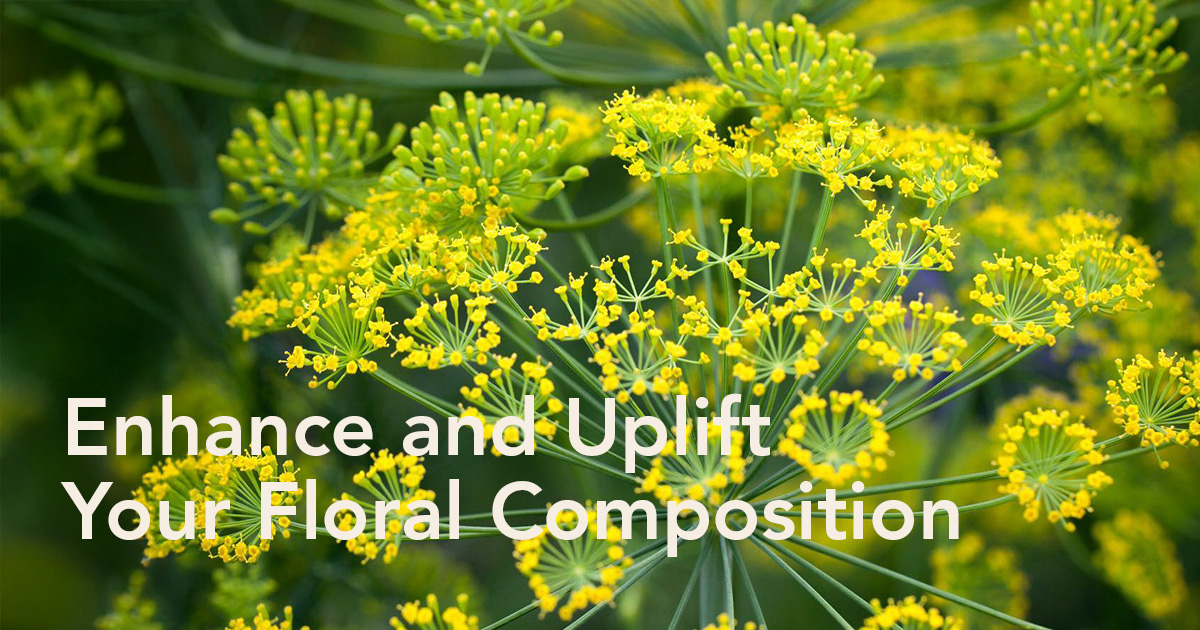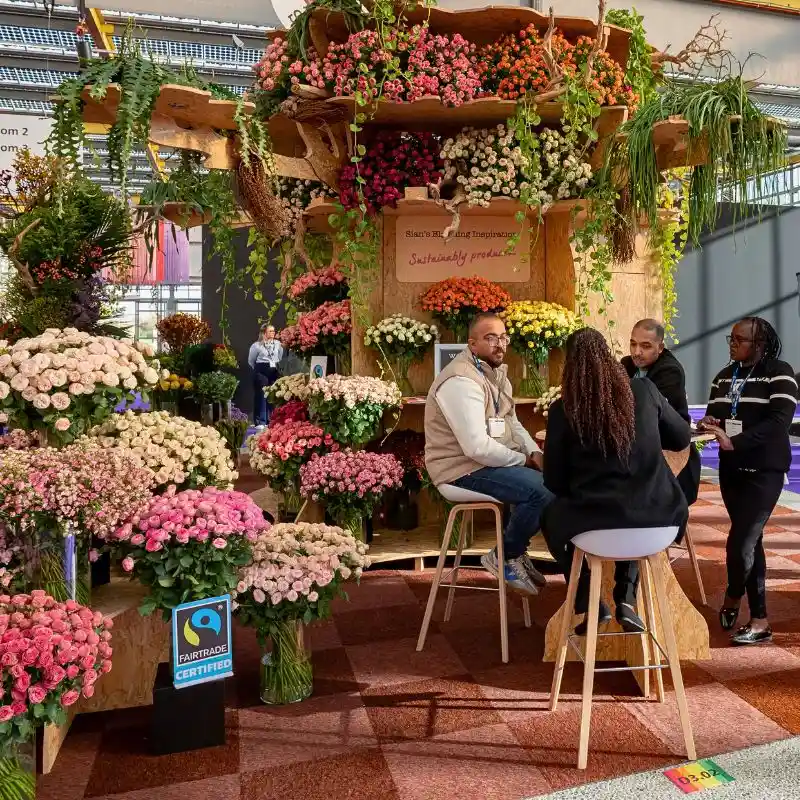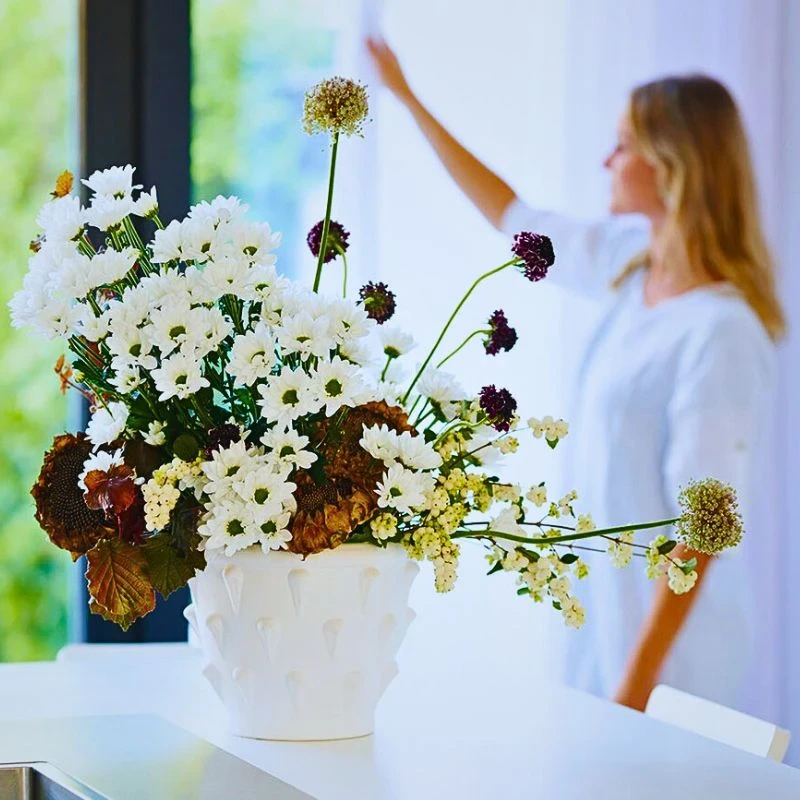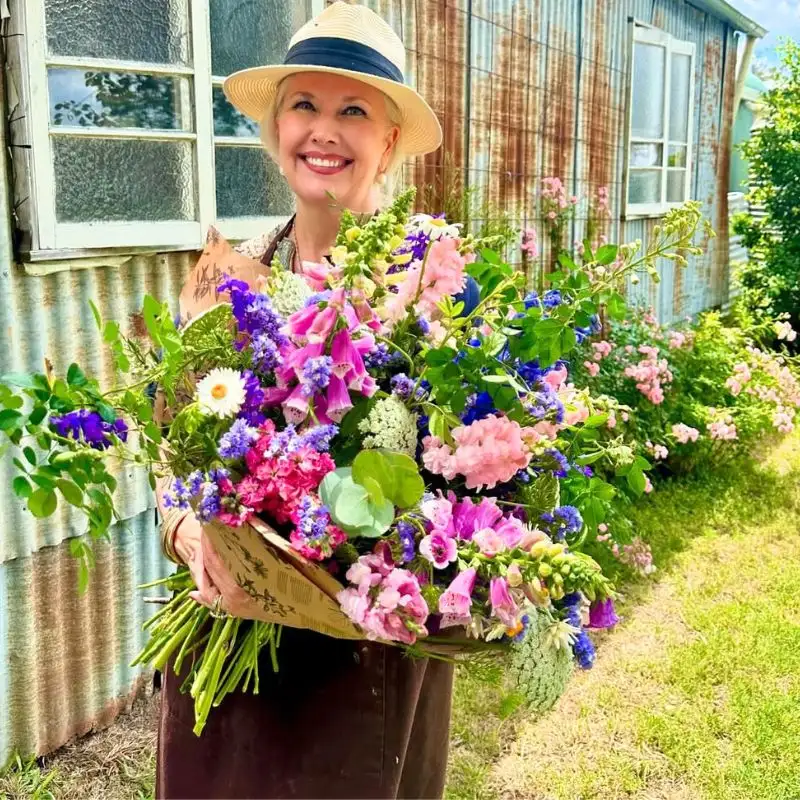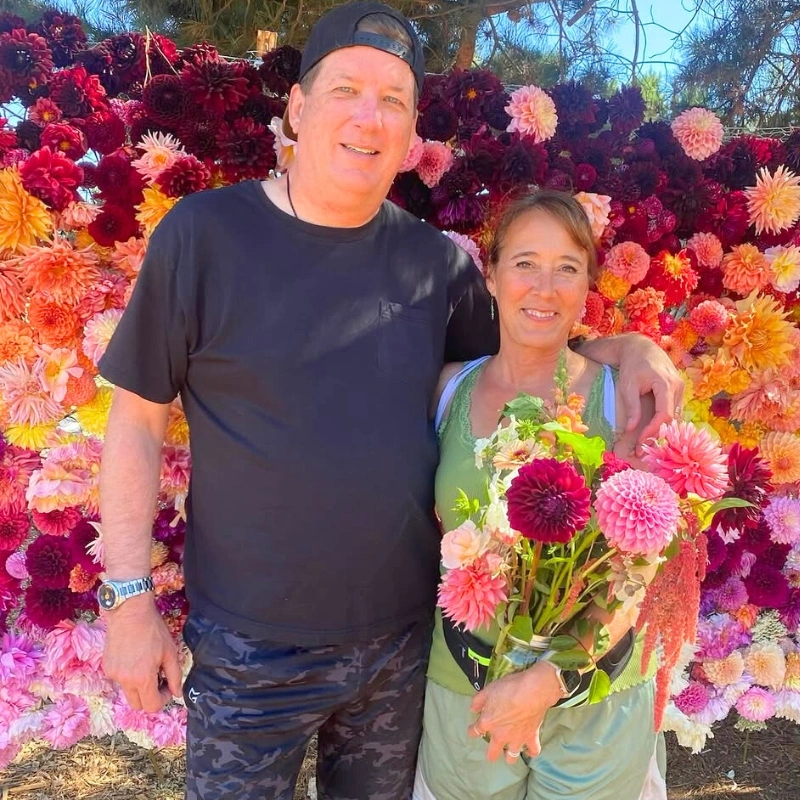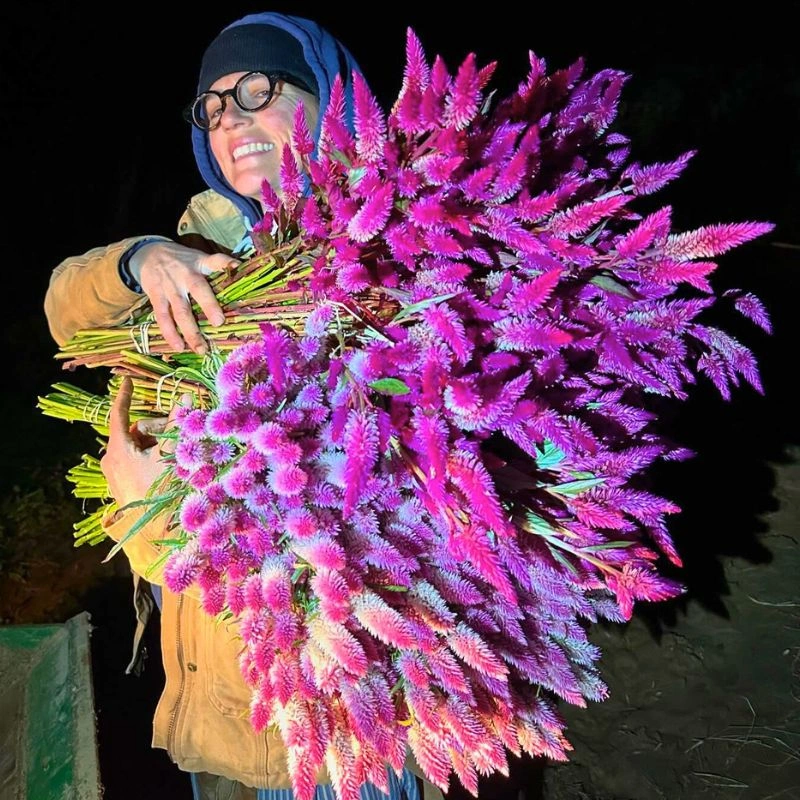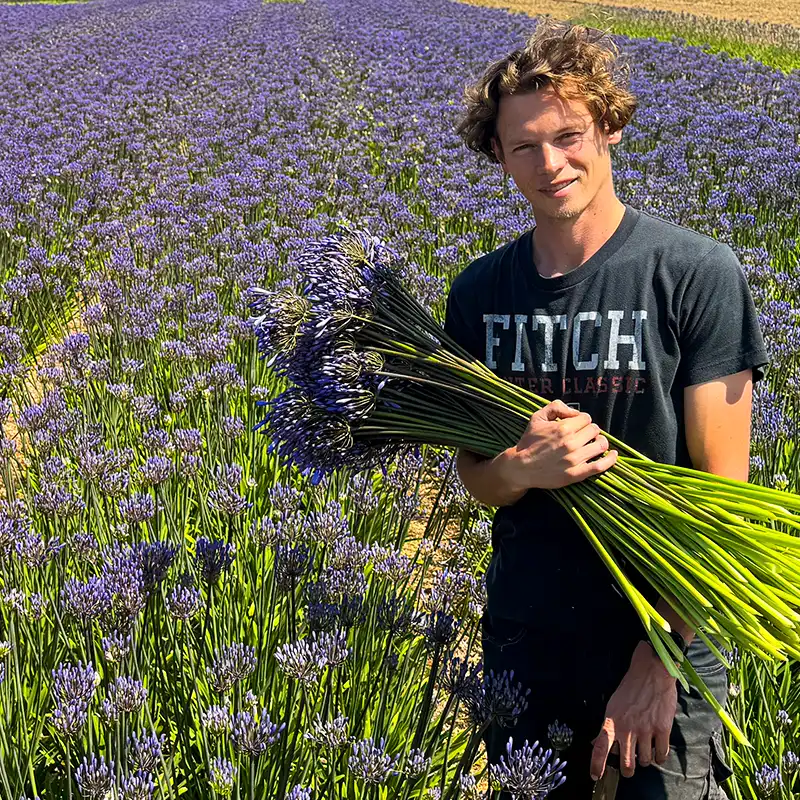Dill, also known by its scientific name, Anethum graveolens, is a fragrant annual herb belonging to the Apiaceae family. It has an extensive usage history dating back to ancient times. Maurits Keppel, a Dutch grower of niche and unique flowers and plants cultivates this versatile herb — alongside numerous other floras — with the utmost sustainability, ensuring a high-quality yield for his clientele.
Sometimes simply known as Anethum, dill has been a culinary staple and medicinal herb across many cultures, particularly in the Mediterranean, Southwest Asia, and Europe. But more than that, this herb is a unique addition to any floral design or flower arrangement, bringing into the composition a distinctiveness that enhances and uplifts it.
The Unique Appeal of Dill
For starters, the Anethum is a visually appealing flowering plant — a herb — that adds a delightful airy feel to any garden or floral arrangement. It has slender stems that are branched and leafy and can grow up to five feet in height, resembling a miniature tree.
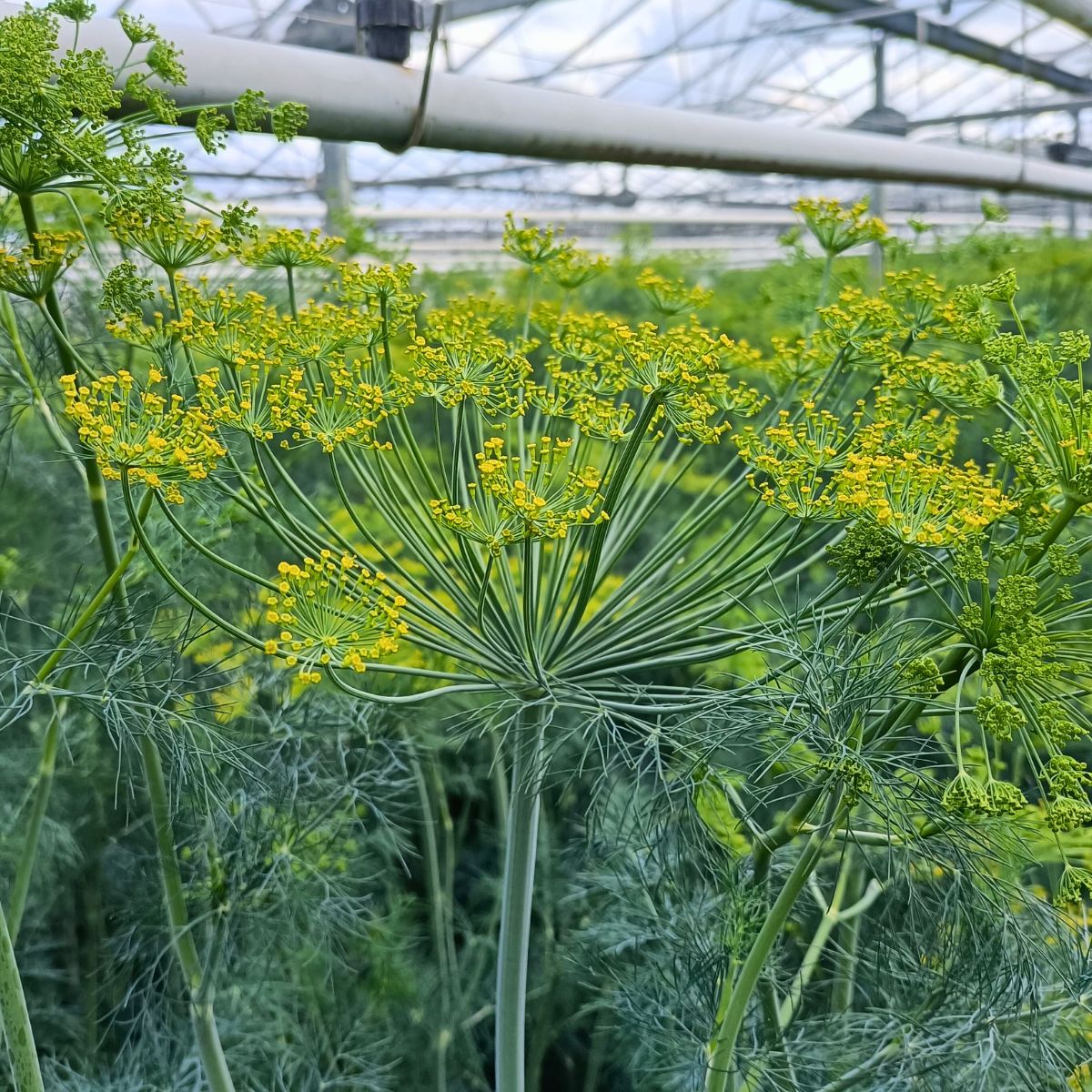
The herb’s hollow stems support delicate, fern-like leaves, which give way to small, star-like flowers arranged in flat-topped clusters. These clusters of flowers, which bloom terminally in the summer, are a magnet for beneficial insects like bees, making dill a great plant for organic cultivation, and a delightful addition to a vase or bouquet when cut. Its flowers eventually develop into small, oval seeds with a pleasant aroma.
Maurits:
“It [Anethum] is generally a beautiful herb in yellow and green, with a nice fresh scent. Its technical cultivation entails usually sowing in different blocks to be able to harvest it over a period of at least five weeks.”
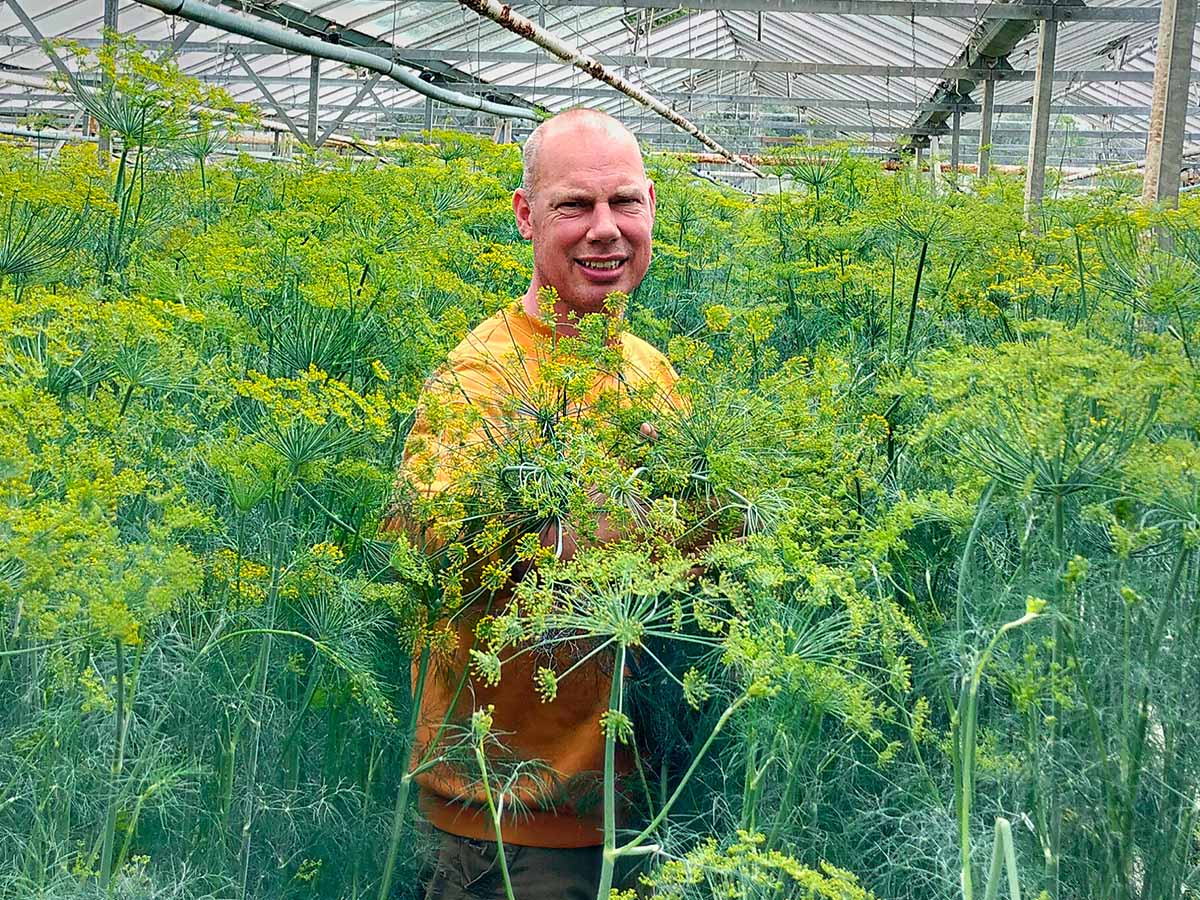
Maurits says he grows the uniquely charming plant in his Utrecht-based nursery without any additional energy source as a sustainable flower. He controls harmful insects only through the use of natural enemies. The entire nursery, he insists, is essentially energy neutral; the cold room and the forest machine run entirely on solar energy, and no fertilizers or chemical pesticides are used.
Maurits:
“As a grower, I do everything I can to carry out the entire process of tilling the soil, sowing, harvesting, and processing myself to achieve optimal results.”
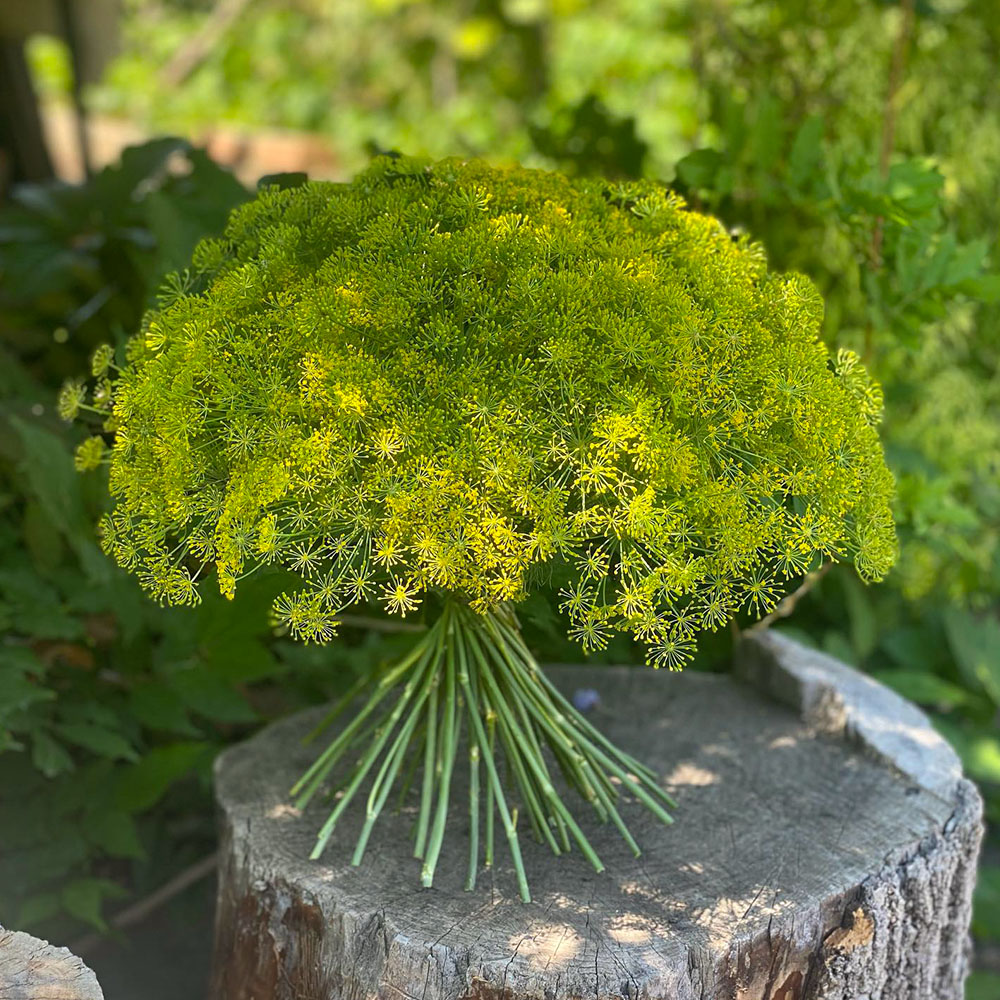
Thus, with its beautiful herb-like appearance and delightful fragrance, plus the fresh yellow and green hues that it possesses, this flowering plant becomes a true standout in Maurits' diverse floral offerings.
The Touch of Anethum in Floral Arrangements
The unique qualities that the Anethum possesses make it a delightful addition to any floral arrangement or design. It has heavy stems and large, screen-like foliage that create a natural and striking visual appeal, making it a highly sought-after choice for bouquet arrangements and table decorations. Its long vase life and natural appearance also make it an ideal choice for floral designers and enthusiasts who have an eye for — and value — the beauty of raw, untamed nature.
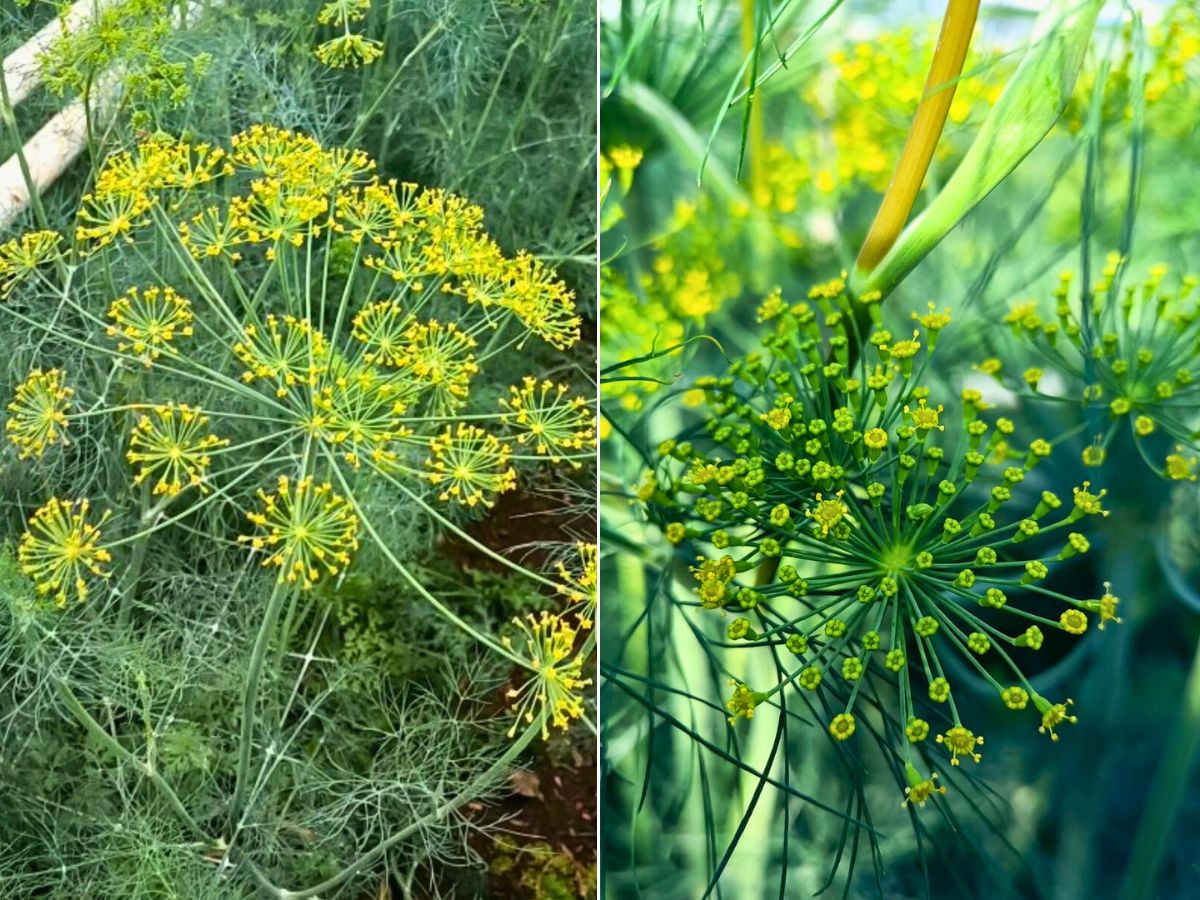
One of the key advantages of the Anethum is its good vase life, allowing it to maintain its freshness and vibrant appearance for an extended period of time. This quality, coupled with its natural and unrefined aesthetic, makes it a popular choice among niche retailers and discerning customers who appreciate the beauty and authenticity of artisanal floral arrangements.

Maurits:
“The herb has heavy stems with a very large screen, a long vase life, and a natural appearance. These qualities make it very much suitable for picking bouquets. The head without a stem is very nice for table decoration. Also, the herb is very filling and stands out because of its size. Generally, it is a beautiful and healthy product that the consumer receives a lot of love and appreciation from.”
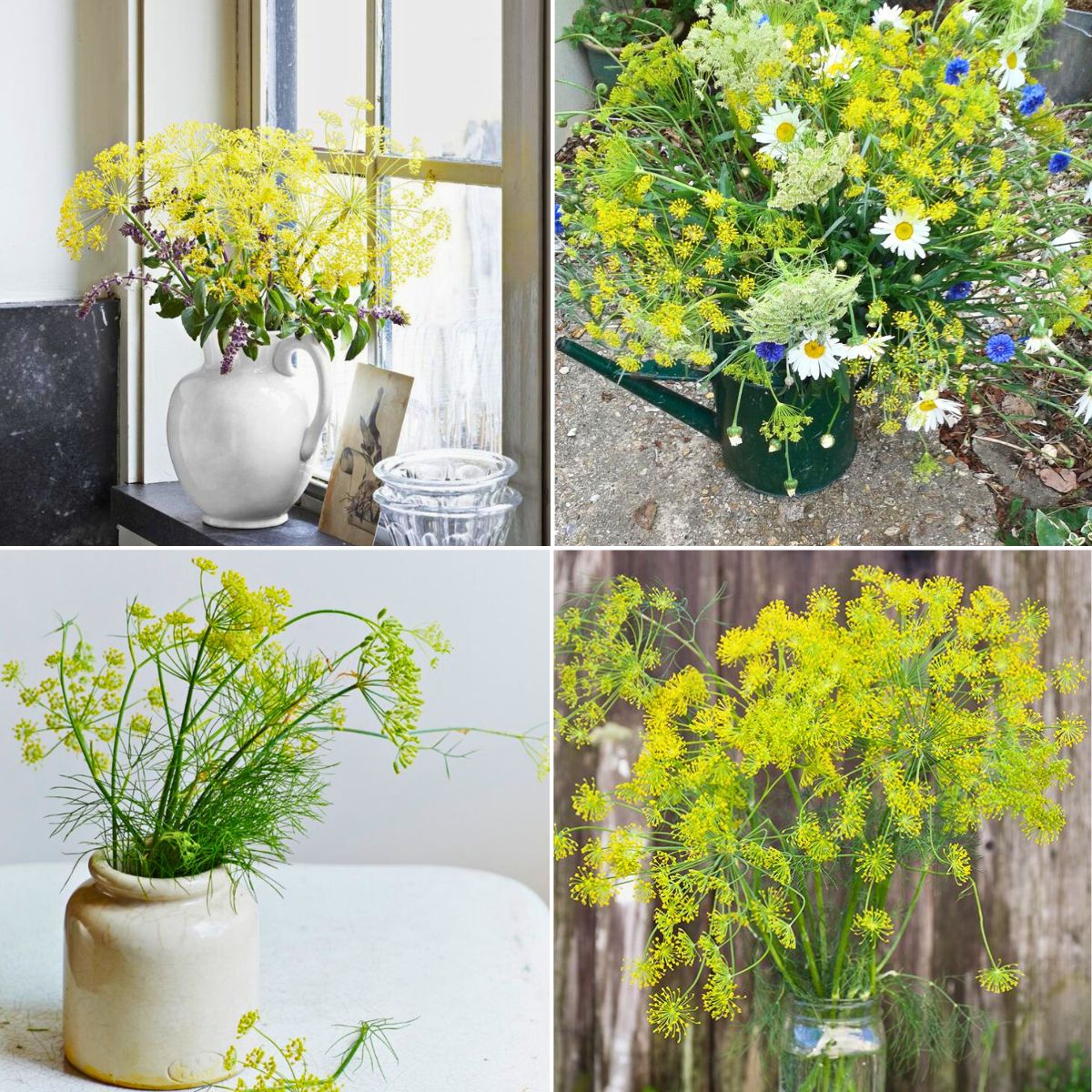
Photos by Country Living Magazine, Emma's Flower Hut, Sophie Allen, and High Moving Organic Seeds
Floral designers, therefore, generally, appreciate dill for its many unique qualities. Its airy and decorative quality makes it an excellent filler in bouquets, adding visual interest and a unique touch. Plus, its size and lushness make it a standout element in a floral composition.
Symbolic Meaning and Importance of Dill
Dill's symbolic significance is yet another reason for its popularity. Throughout history, it has been associated with good luck, romance, and spiritual enlightenment, among many other qualities. In ancient Rome, for instance, it was considered a symbol of good fortune, while the Ancient Greeks associated it with wealth.
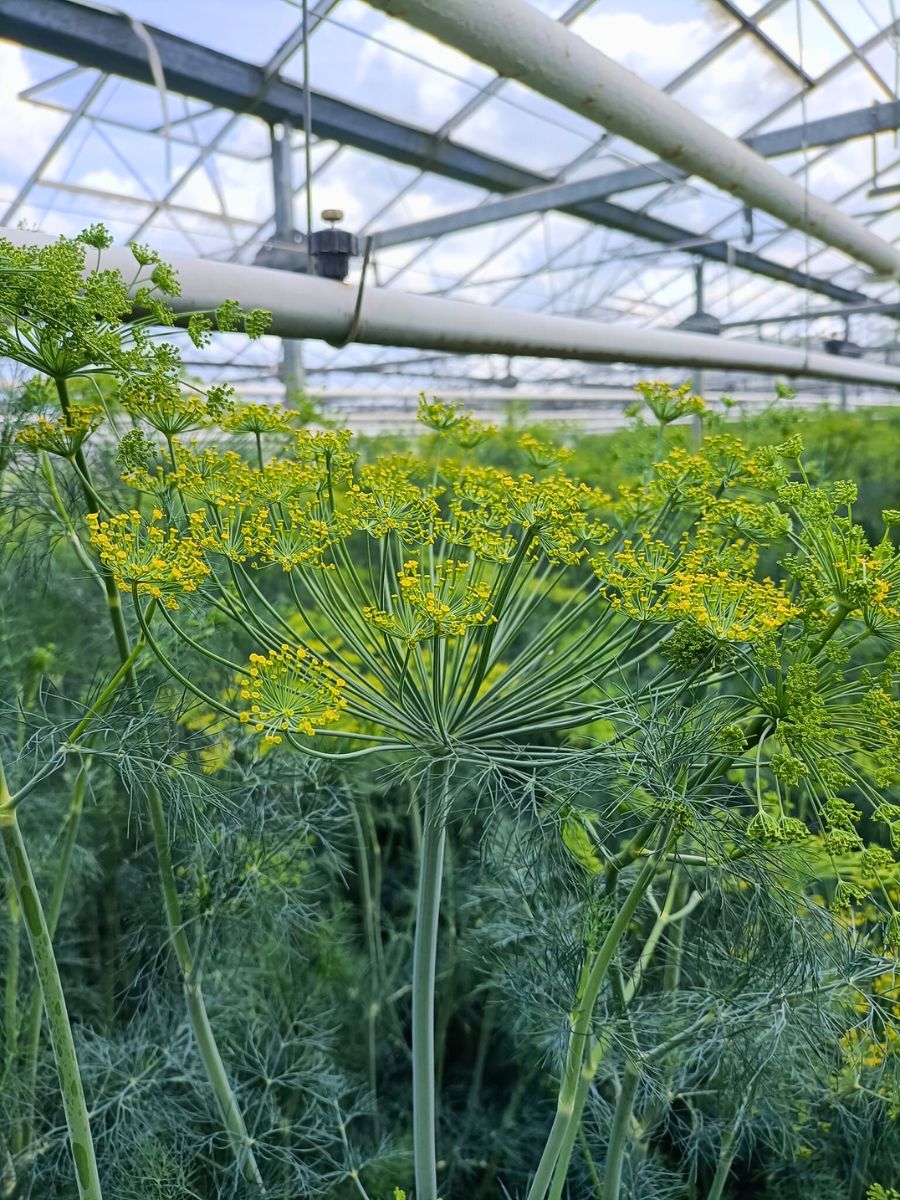
Still, in those ancient times, it was believed to be a magical herb that could help ward off evil spirits and promote good luck and prosperity. At the same time, it was also considered a symbol of purity.
Further to these, the fragrance that the Anethum possesses is noted to have a calming and soothing effect on the mind and body as well, making it a valuable ingredient in aromatherapy and a popular choice for meditation and prayer.
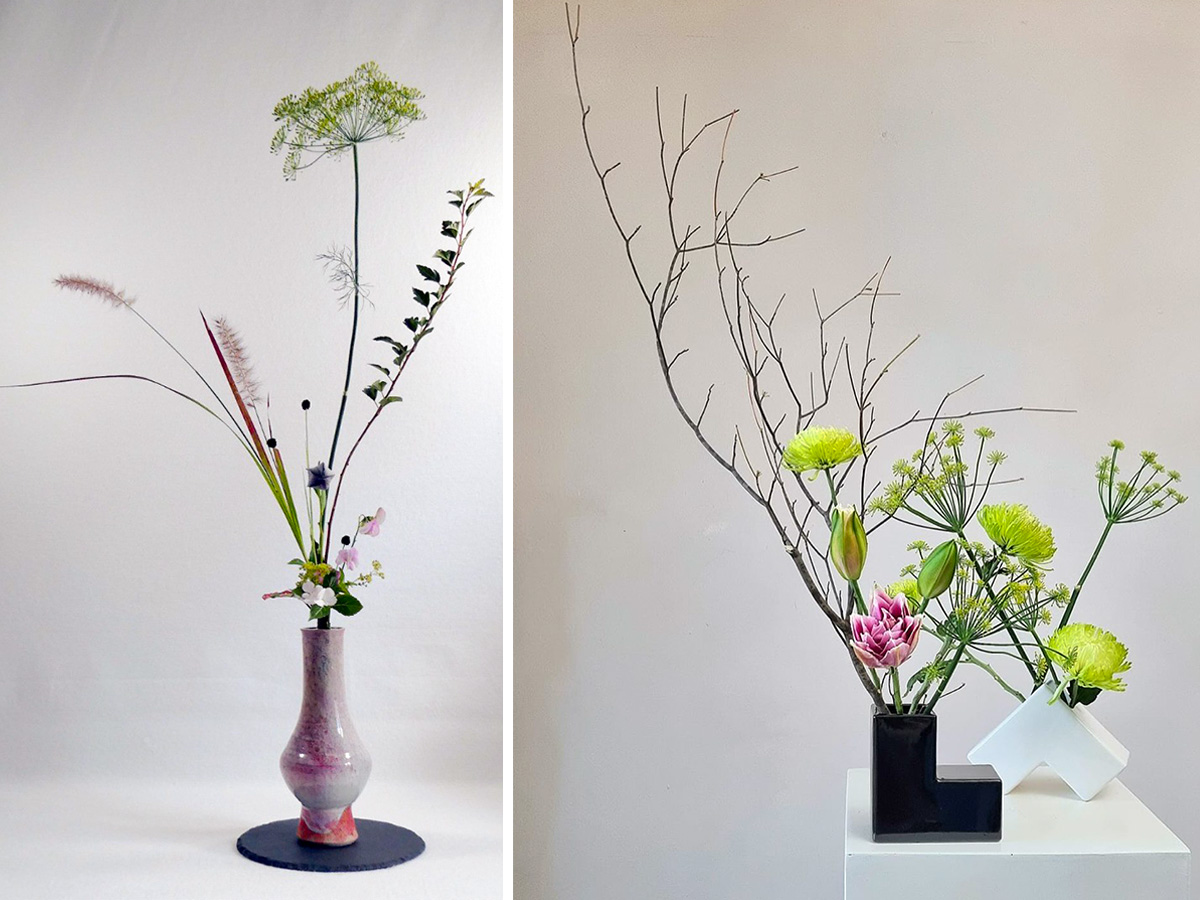
With these many qualities, its use in designs, bouquets, centerpieces, or just in vases can imbue these floral arrangements with a sense of meaning and symbolism.
Organically Grown by Maurits Keppel
Maurits Keppel has some top-notch Anethum for you in store, all organically grown.
Unless otherwise indicated, photos are courtesy of Maurits Keppel. Header image by @chilternseeds, feature image by @viktoriyaporetskaya

